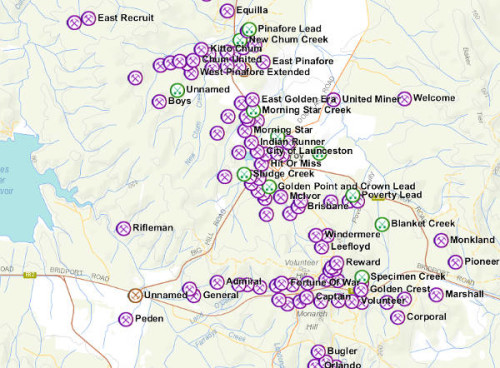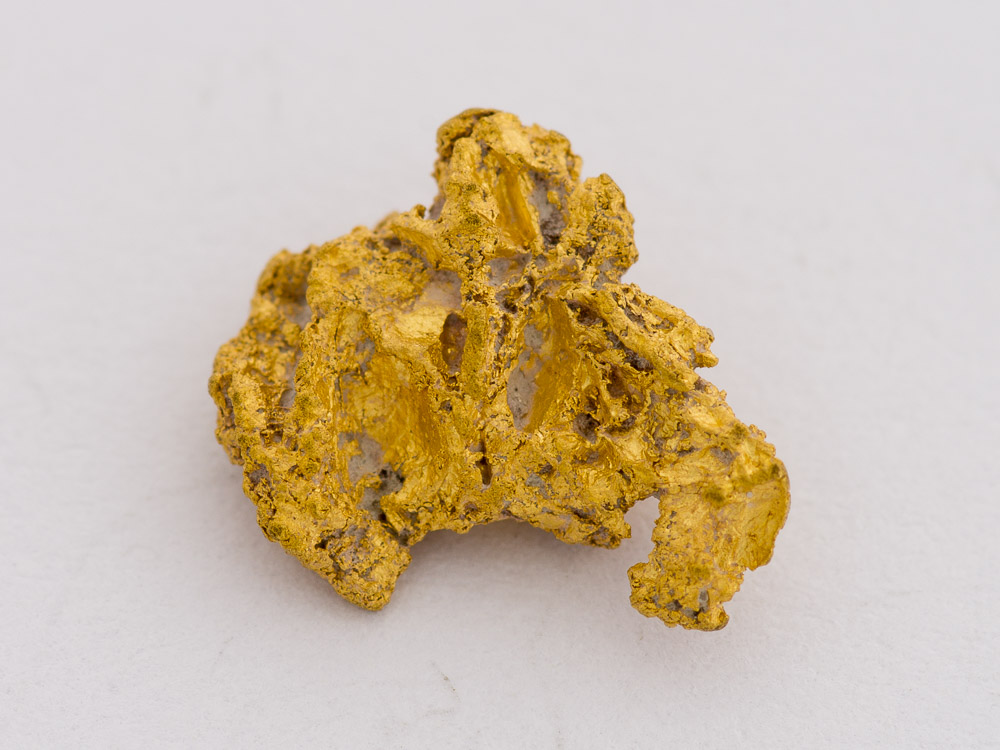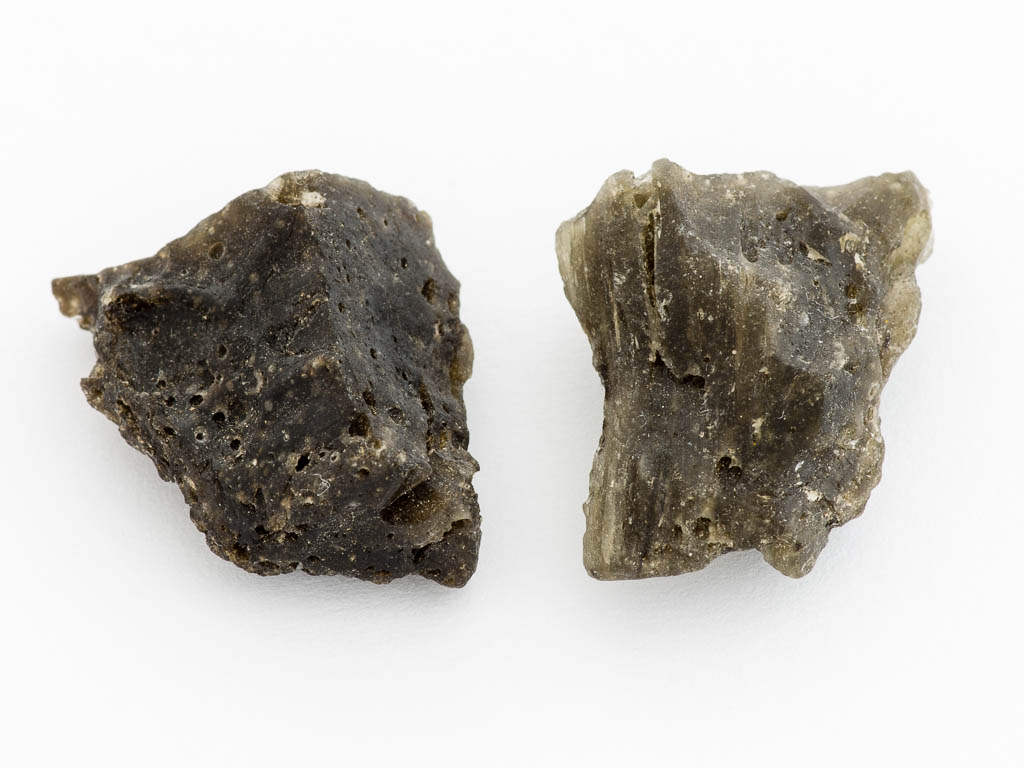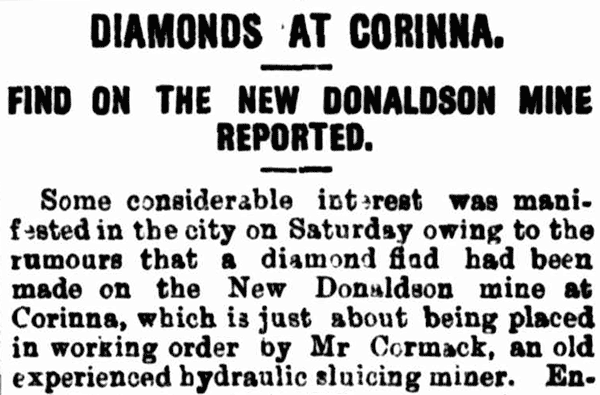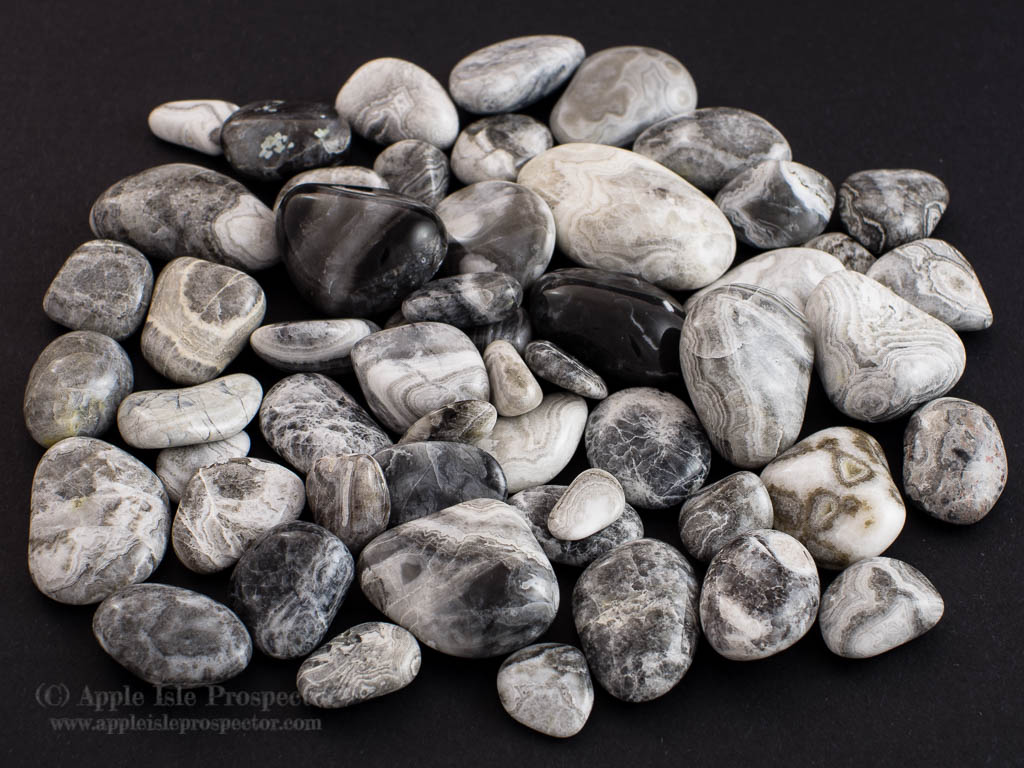A video on how to use two free, Tasmanian online mapping engines to research places to go prospecting. MRTmap and LISTmap can be used to prepare very useful prospecting maps with information on tenements, land tenure, reservation status, etc.
Continue readingPosts Tagged → where to go
The Lefroy and Back Creek goldfields
Lefroy was one of Tasmania’s most important and profitable goldfields. Originally discovered as an alluvial field, it went on to become one of the main hard-rock quartz mining fields and hosted several of Tasmania’s relatively few dividend-paying gold mines.
Back Creek, immediately to the east, is often treated in the same publications, and is arguably an extension of the Lefroy goldfield. In contrast to Lefroy’s hard-rock focus, Back Creek was overwhelmingly an alluvial field.
Darwin Glass in Tasmania
Darwin glass is made up of earth crust material that was ejected into the atmosphere and melted by a meteorite impact. It cooled quickly as it fell back to earth, and formed a glassy material. It is mostly green in colour, and is uniquely Tasmanian.
Continue readingTasmanian diamonds
When thinking Tasmanian diamonds, most people have heard of Killiecrankie diamonds, which are really topaz (and very good topaz at that). However, several real, verified diamonds have also been found in Tasmania.
Continue readingDrip Beach agates
One of the classic locations to fossick in southern Tasmania is Drip Beach, in Lymington, where you can find pebbles of grey lace agate scattered around the beach. Find out where it is, how to find lace agate, and what you can do with it.
Continue readingThe Mathinna goldfield
The Mathinna goldfield started, like many others, with the discovery of alluvial gold, this time in Black Horse Gully. The area contains one of Tasmania’s largest gold mines, the New Golden Gate, which had a total (historical) production of over 260,000 ounces (~8 tons) of gold. The whole area is riddled with mines, prospects and old workings, and is fairly easy access with light bush.
Continue reading
